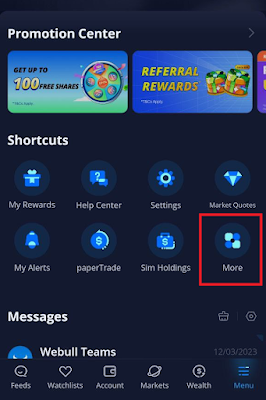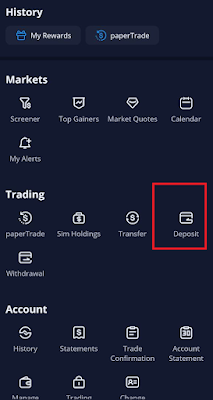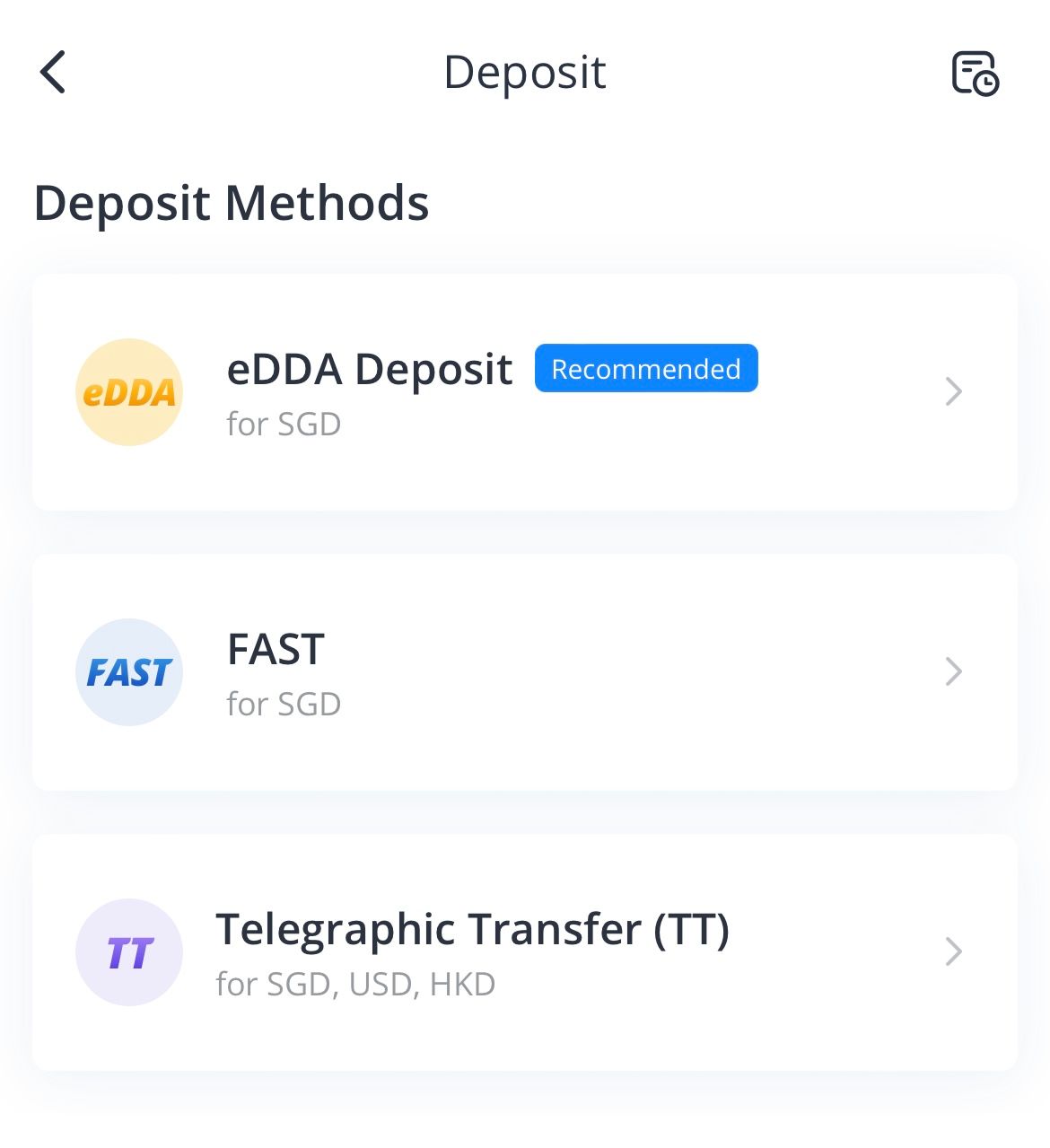If one follows the Singapore Scene on investing in Alibaba, there are a few who espouse the value propostion of investing in Alibaba. Yesterday, one of them, Tay Chi Keng used the textbook valuation models of EBITDA and P/FCF to show Alibaba's intrinsic valuation as US$240 per share.
Textbook is Textbook, Real Life is Different
Like the above "financial influencer" who is young and still in his last year at a prestigious business school in Singapore, my comment is that if valuation models are the law; many of us, including yours truly, would be millionaires applying the valuation models I learnt at my university.
From what I have experienced in my investment journey, other factors never taught in our academic textbooks are more important.
Sentiments to a Company
They say the stock market in the short run is a voting machine while in the long run, it is a weighing machine. To be honest, I don't know what the caveat is "in the long run", it could be holding it till I am dead and the intrinsic value will not be realised until 10 lifetimes later. Hey thats still called "long run"!
To me, the most important determinant of a share price is sentiments. It contributes to definitely more than half of the company's value. The China stock market bubble and Tech Bubble in 2020/2021 are evidence. For China companies, their forthy valuation were curtailed when China clamped hardly on them and now companies are trading at less than half of the multiples they were commanding in 2020.
Ditto to US tech companies who have risen and fell. Nvidia is another example where it rode the tech wave, then moved down, then with the AI wave now and good guidance, Nvidia's share prices is moving back to its 2021 highs. However, valuations and growth trajectory has remained unchanged through these years. It is just people expecting their business will "huat" with each mentioned of a new wave.
Structure of the Company- Kingboard Copper Foil
This is another component I learnt where whatever fancy valuation model is thrown at it, due to this, the company will never reach the target price.
9 years ago, I chanced upon this SGX company called Kingboard Copper foil which was trading below its net net value with a good cashflow generating ability. Even before i chanced upon it, its 5 years financial results stretching to FY2010 was reporting a high net profit with good cashflow.
However, the controlling shareholder, who was the parent company, never gave out good dividends to reward shareholders. Cash was just accumulating in the balance sheet. Privatisaion eventually followed and those who held on made insignificant gains.
There are a few companies such as Sing Holdings which had a low price to book ratio and strong earnings; however due to its structure where the controlling family had little chance to be voted out from their management positions, offered low dividends to minority shareholders and paid themselves a high management salary. The price today and price when I sold off (at a loss) has not changed since 8 years ago. I was forecasting a doubling of price based on "valuation models", this has never been reached for 8 years. So what is "long run"?
While still a value investor type, I will like to say sorry to the Accounting and Finance professors who had taught me at University. Those models and what nots are not useful in real life. I scored an 'A' for my finance valuation projects but truthfully its not even worth a D grade in the real world of investing.
Investing is like how many of our Asian Chefs and Hawkers cook- in two words, its called "agar agar". To non malay readers, agar agar is a terminology where people estimate the amount of ingredient to add into a dish as and when they cook it, there is no definite amount that is added. Investing is the same, it is based on estimate and not some complex number crunching excel modelling.














